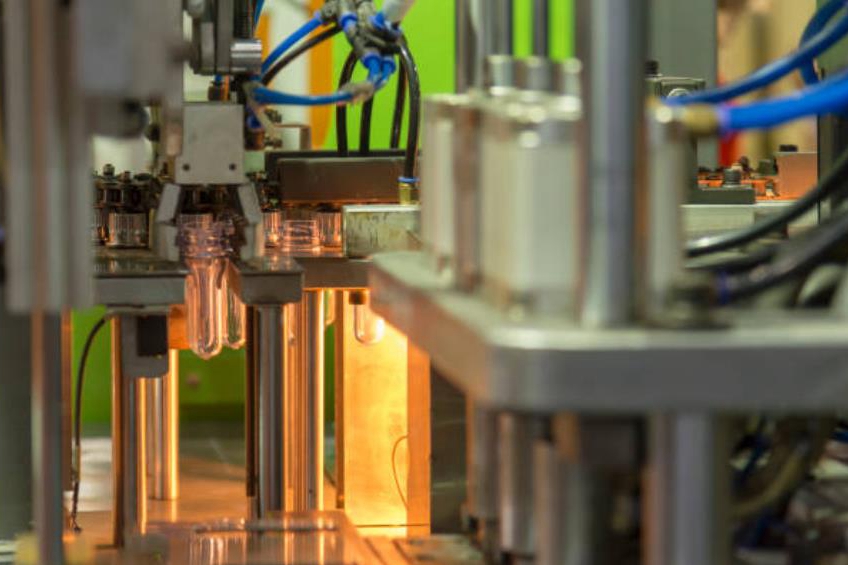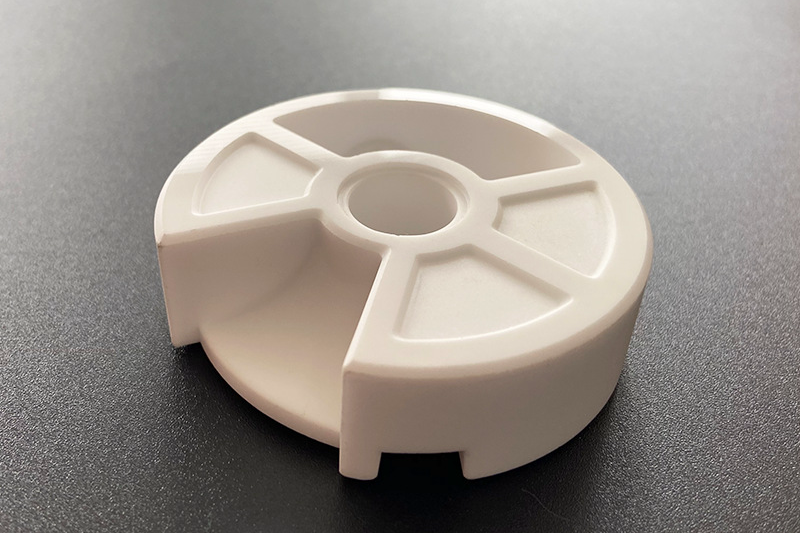What is the typical development timeline for custom lighting connectors?
The development of a custom lighting connector follows a structured engineering workflow that balances electrical performance, manufacturability, and regulatory compliance. For applications in outdoor lighting, architectural fixtures, or high-power LED drivers, Neway integrates material selection, prototype validation, tooling design, and certification planning from the beginning of the project. Depending on complexity, the total timeline ranges from 8 to 20 weeks, with earlier completion achievable when existing connector platforms can be modified using processes like overmolding or insert molding.
Phase 1 – Design & Feasibility (2–4 Weeks)
The engineering team defines performance requirements such as current rating, IP protection level, insulation class, and mating cycle life. Materials for insulating housings—including PBT, nylon (PA), or PEI—are evaluated alongside contact materials shaped by metal injection molding or precision casting. Concept CAD designs and tolerance chains are established while considering regional safety standards.
Phase 2 – Prototyping & Validation (3–6 Weeks)
First prototypes are produced using CNC machining prototyping, 3D printing prototyping, or rapid molding prototyping. These samples undergo mating cycle tests, contact resistance measurement, temperature rise evaluations, and IP sealing checks. If necessary, adjustments are made to sealing geometry or metal terminal tolerances. Surface treatment trials—including electroplating and PVD coating—are conducted to ensure long-term reliability.
Phase 3 – Tooling and Pre-Production (4–8 Weeks)
Once the prototype geometry is validated, tooling is manufactured for injection molding or metal injection molding. Insert molds and overmolded assemblies are engineered when connectors require sealing features or multi-material integration. Pre-production batches are assembled manually or semi-automatically to confirm process stability, dimensional control, and surface quality. This stage also includes durability testing using real fixture housing setups provided by customers in the lighting solutions industry.
Phase 4 – Certification and Ramp-Up (2–4 Weeks)
The final stage confirms regional compliance with UL, IEC, or EN standards. Testing includes dielectric withstand, insulation resistance, flammability, temperature rise, and mechanical endurance. Surface treatments such as passivation or anodizing may be applied to enhance corrosion resistance before mass production. Production is then scaled with injection molding or metal injection molding, while supply chain planning and QC inspection protocols are finalized.
Collaboration and Time Reduction
Leadtimes can be reduced when customers provide complete technical drawings early and accept shared-platform strategies. Using proven connector geometries and modifying them through overmolding or prototyping cuts tooling investment and accelerates approval testing. Multi-disciplinary collaboration between material specialists, tool designers, and certification engineers ensures robust performance without rework—critical for high-volume lighting production.



